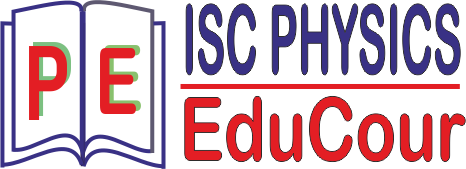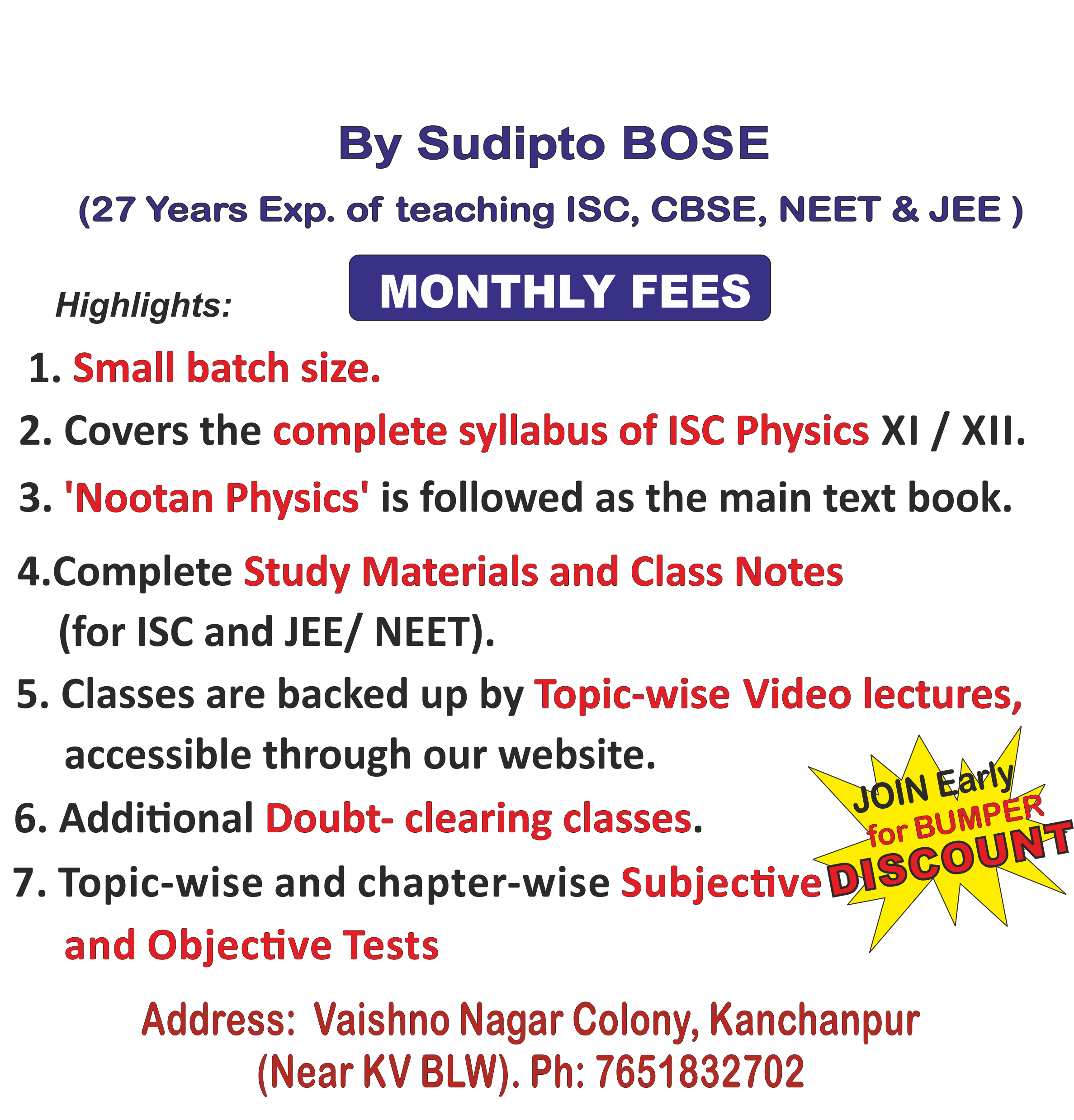11 Lecture Notes
Rounding & order of magnitude
Order of Magnitude and Rounding Off
Calculus for Physics Class 11 ISC
Calculus for Physics Differentiation Function: If the value of a variable quantity (y) depends on another variable quantity (x) through some relation, such that there exists only one finite value of y for each value of x then ‘y’ is called a … Read more
Motion of Straight Line Class 11 ISC
Motion in Straight Line Introduction: (i)Statics (ii)Kinematics (iii)Dynamics, Frame of reference, Rest and Motion DISTANCE, DISPLACEMENT, Comparison of Distance and Displacement SPEED AND VELOCITY, INSTANTANEOUS VELOCITY AND SPEED, Comparison between speed and velocity UNIFORM MOTION Velocity – Time Graph: (v-t graph) Displacement (position) – Time Graph: (x-t graph): ACCELERATION, (i) Average Acceleration, (ii)Instantaneous Acceleration Uniform Acceleration, Non-uniform … Read more
Error in Measurement
ISC Syllabus Accuracy of measurement, errors in measurement: precision of measuring instruments, instrumental errors, systematic errors, random errors and gross errors. Least count of an instrument and its implication on errors in measurements; absolute error, relative error and percentage error; combination of errors in (a) sum and difference, (b) product and quotient and (c) power … Read more
Significant Figures
Significant Figures
Accuracy and Precision
ACCURACY and PRECISION ACCURACY: “The extent upto which an observed value agrees with the true value of a quantity is known as accuracy”. Lesser the difference between the true value and the measured value (i.e. lesser the error), more is the accuracy in the measurement. So, accuracy is inversely related to the error involved in … Read more
Physical World (Chapter 1)
ISC Syllabus Scope of Physics and its application in everyday life. Nature of physical laws. Physics and its branches (only basic knowledge required); fundamental laws and fundamental forces in nature (gravitational force, electro-magnetic force, strong and weak nuclear forces; unification of forces). Application of Physics in technology and society (major scientists, their discoveries, inventions and … Read more
Physical World
Physical World Science is a systematic attempt to understand natural phenomena in as much detail and depth as possible, and use the knowledge so gained to predict, modify and control phenomena. The scientific method involves the following steps: Taking a large number of systematic observations through controlled experiments. Studying these observations and looking for their … Read more

